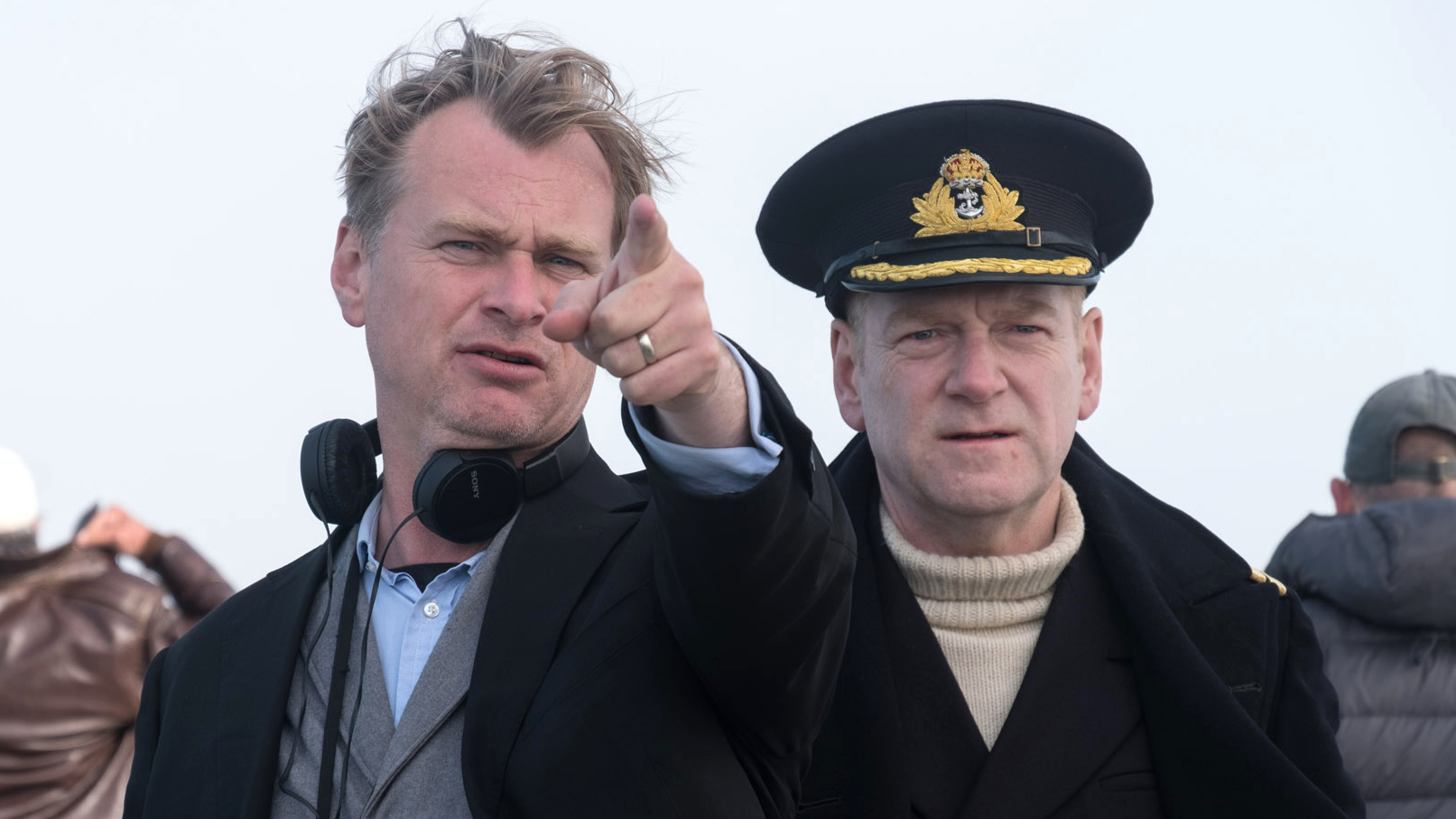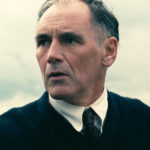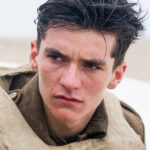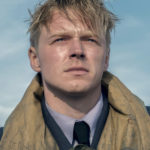
Christopher Nolan, 47, is one of the most successful filmmakers in the industry. Known for such acclaimed films as The Dark Knight Trilogy, Inception, and Interstellar, Nolan most recently turned his sights to Operation Dynamo, the 1940 evacuation of beleaguered Allied soldiers from the beaches of Dunkirk, France, in the face of rapid German advances across Europe. He spoke to Senior Editor Paraag Shukla of World War II magazine about his latest film, Dunkirk, which opens in theaters on July 21, 2017.
There were many pivotal moments for British forces during the war. What drew you to the story of the Dunkirk evacuation?
For British people, the story is a massive part of the culture; it’s in our bones. We refer to the “Dunkirk spirit,” the idea of community coming together to help things out. So it’s always been at the back of my head as a great human story. A filmmaker is often looking for a gap in film culture—a story that hasn’t been told. This is one of them. For some years, I had it in mind to try and tackle the subject. But it’s very large-scale material that required a lot of experience and a lot of confidence on my part.
What were your main sources of research for the story?
My research was based primarily on firsthand accounts. Historical advisor Joshua Levine and I spoke to some of the few remaining survivors. I wanted to give the audience the point of view of someone who didn’t necessarily understand or couldn’t possibly know the global or geopolitical implications of the event they were passing through. I wanted to tell the story in three distinct, intertwined points of view—the beach, the English Channel, and the Spitfires up in the air—and stay within the experience of it.
Did the cultural stories and sentiment of “the little fishing boats saving the day” influence or affect your research?
I had been raised with the mythical notion of Dunkirk. In researching it, I found there had been a pendulum swing of reassessment over the years. For example, a 1980s documentary revealed that civilians who crossed the Channel were paid. That chipped away at the legend somewhat. But when you look into it, you realize the civilians were paid a few hundred pounds for expenses. I have made the crossing myself in a small boat, and I wouldn’t do it for a few hundred pounds—and that’s without heading into a war zone and people dropping bombs on me. Then one starts to realize that the truth and the reality of what took place at Dunkirk is just as powerful as the myth ever was.
It has been oversimplified over the years. The idea that small boats rescued guys off the beach and brought them all the way back to England—that was the exception rather than the rule. In reality, the destroyers couldn’t get in near enough to the beach. So the little ships picked troops up from the shoreline and took them out to the destroyers. Then the naval vessels took people back to England. But there were some boats that did take men all the way across. Ultimately, knowing the reality and what really took place, and after looking into it for years, I come out of it with even more respect and admiration for the people who were involved, and even more amazed that it came off the way it did.
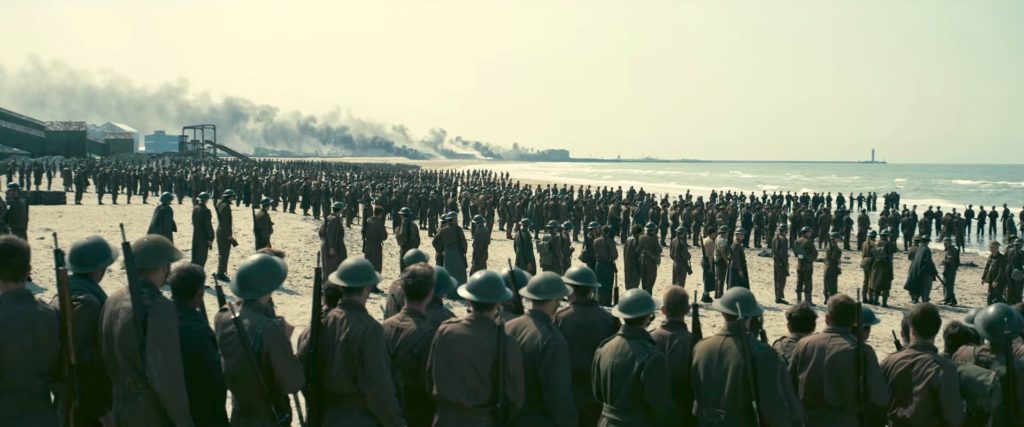
How did you strike that delicate balance between historical accuracy and entertainment?
I felt a huge responsibility with the real-life event and looked at lots of different ways of telling the story. I didn’t feel comfortable putting words into the mouths of real people, so I settled on a fictional set of characters against a carefully researched backdrop of larger events. A dramatic feature has a high degree of artifice; it requires composite characters and manipulations of timelines, but it’s presented in as accurate a way as we could with the means at our disposal.
How did you try to convey the intensity and fear of the experience to an otherwise unfamiliar audience?
We always started from the point of view of accuracy and reality, but had to make strong, creative choices about how you express what it would have been like. The literal representation isn’t necessarily the best way to go, but we didn’t want to violate accuracy in unthinking ways.
For example, I can point to research that says that by late May 1940, German Ju-87 Stuka dive-bombers no longer carried sirens. But I also have a recording of an eyewitness who described how terrifying that sound was on the beach. How to account for that, I don’t know. But when trying to portray the experience of people suffering under an attack from Stukas, we had to recreate the terrifying and awful noise to convey the psychological experience of fear. There isn’t one literal or “accurate” way of doing so; we filtered a lot of research into our creative choices.
One of the most interesting, paradoxical features of the evacuation is the breakwater or “mole,” a nautical structure about 8 to 10 feet wide that pushes out a kilometer into the sea. It wasn’t designed for loading or unloading people, but it was the only thing they could repurpose for that end. So, thousands of soldiers queued up along the structure. When German dive-bombers came, the men had nowhere to go; they had to just stand there and take it. They hoped there would be a ship waiting for them at the end of the mole, which very often there was not.
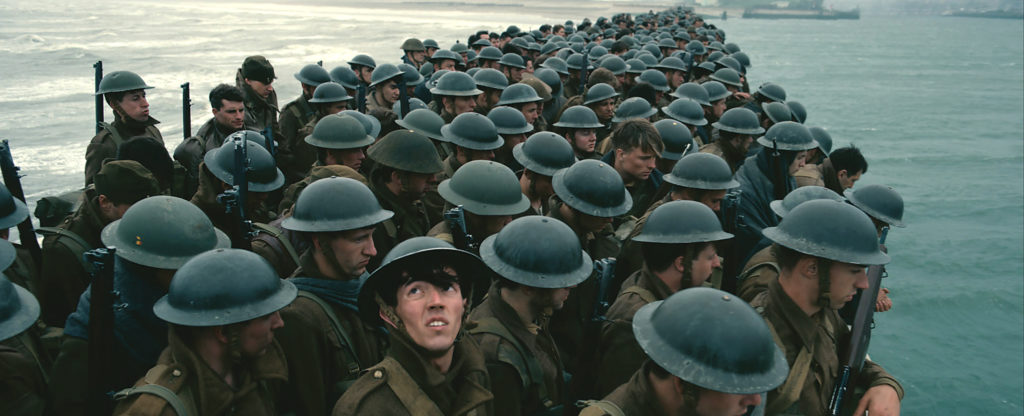
The aerial sequences look and feel realistic. Details do matter—in one external cockpit shot of a pilot, we can see a Spitfire over his shoulder, its underside accurately painted with the distinctive black-and-white color scheme.
We were determined to shoot aerial dogfights in a way that no one has before, and I believe we’ve achieved that. Shooting entirely on the IMAX format is incredibly immersive, and the Spitfire in that shot really is flying alongside the plane in which the actor is sitting. It has that accurate color scheme because it is extremely dramatic and we closely researched it.
We did have to change some details. We used a Spanish HA-1112 Buchón to represent the Messerschmitt Bf 109E. It has a yellow nose—even though the Germans did not paint the noses yellow until a couple of months later. But we needed to give the audience a better chance of visually understanding the difference between the 109 and the Spitfire in quick shots and in distance shots. So we were forced to make creative decisions like that, and we didn’t take any of them lightly. I very strongly felt that the sense of reality of filming a real plane piloted by a real pilot in a real dogfight would be a lot more exciting than an animated representation of an accurate-looking plane.
Similarly, there are no remaining British destroyers from the period. There is one in the docks at Chatham, which they wouldn’t let us use because it’s a monument and not seaworthy. So, we used a French destroyer, Maillé-Brézé, which is about 80 feet longer but has the right look. Again, we chose to use real vehicles rather than computer-generated replicas.
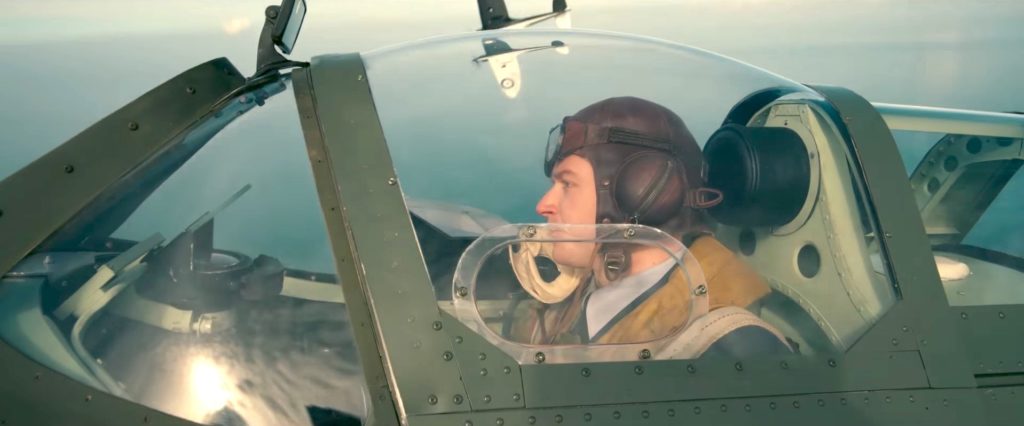
So you filmed actors while actually flying?
Yes—we used a two-seater Yak-52, a Soviet aircraft similar in size and shape to the Spitfire. We produced our own Spitfire canopy to replace the existing canopy, then changed out the wingtips and the exhaust ports and so on. Then we could swap the actor and the actual pilot between either seat, depending on the shot.
We couldn’t use the two-seater Spitfire for actor shots because there is a bulkhead between the two cockpits, so we couldn’t mount the camera in the rear and shoot over the shoulder. Spitfires are obviously extremely valuable and beautiful planes, so we did not want to cut into them or modify their structure.
We used real Mark I Spitfires and a Mark V dressed to look like a Mark I, which only your sharp-eyed readers will be able to pick out. I’m obviously biased, but I will say that no one has shot aerial sequences in this way.
Movies are, first and foremost, entertainment. But audiences often learn more about history from a feature film than from a book. Not to put that on your shoulders….
[Laughs] We’ve certainly felt a responsibility to get it very right. We believe the film will stand over time as a popular representation of the events. We tried to accurately portray the larger ideas and the geography of what happened, and then we made bold, creative choices. We won’t say that everything in the film is perfectly accurate, but what I can say is— we constructed a section of the mole on what’s left of the actual mole, we shot on the real beach during the actual days of the evacuation, with real little ships picking up guys off the beach. You really can’t do any more than that in terms of being faithful to what really happened.
Unless you have a time machine.
[Laughs] Yes, it’s as good as we could do with the resources we had! But then, we did not try and slavishly reproduce the archival photographs of the time. We tried to be inspired by them to make a creative statement and to make the audience feel an emotional journey through the events.
Many of the shots do evoke those photographs without mimicking them.
Well, “evoke” is actually a very good word for it and I’ll be stealing that, thank you very much! It really is about evoking the feeling that one would have had, about feeling the three-dimensional reality that relates to the history. I believe it will translate to audiences around the world.
We often talk about heavy subject matter, so we’d like to end on a lighter note with a creative question. If it was 1940 and you had to join a military branch, which would you choose?
Anyone seeing the film will have no doubt as to which I would choose! My grandfather was a navigator on an Avro Lancaster, and my mother was a flight attendant for United Airlines for many years. My dad wasn’t a pilot but would have been if he, like me, hadn’t a red-green color blindness. I think aviation, the Royal Air Force, would absolutely be the place to be. I think flying is something extraordinary and unique. The delight we took in portraying the dynamics of the Spitfire will be apparent to anyone watching the film. ✯
Film Recon is a web series by Paraag Shukla, Senior Editor of World War II and Aviation History magazines at HistoryNet.
Dunkirk opens in theaters on July 21, 2017.
Check out our Film Recon interviews for Dunkirk:

